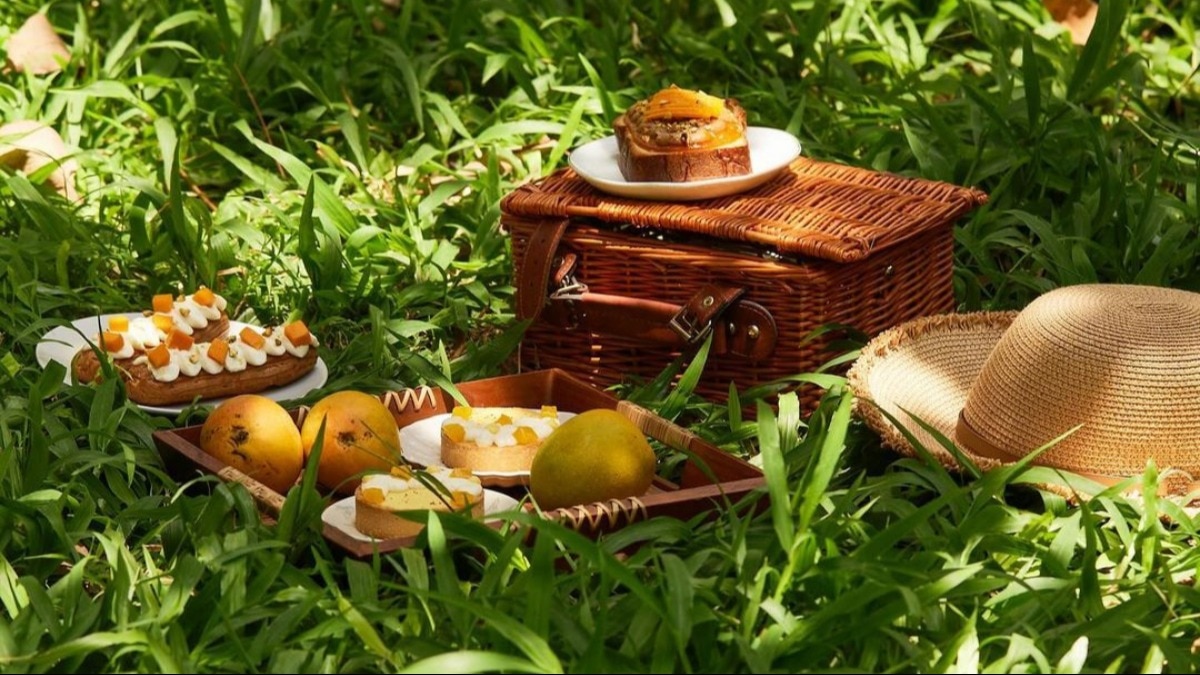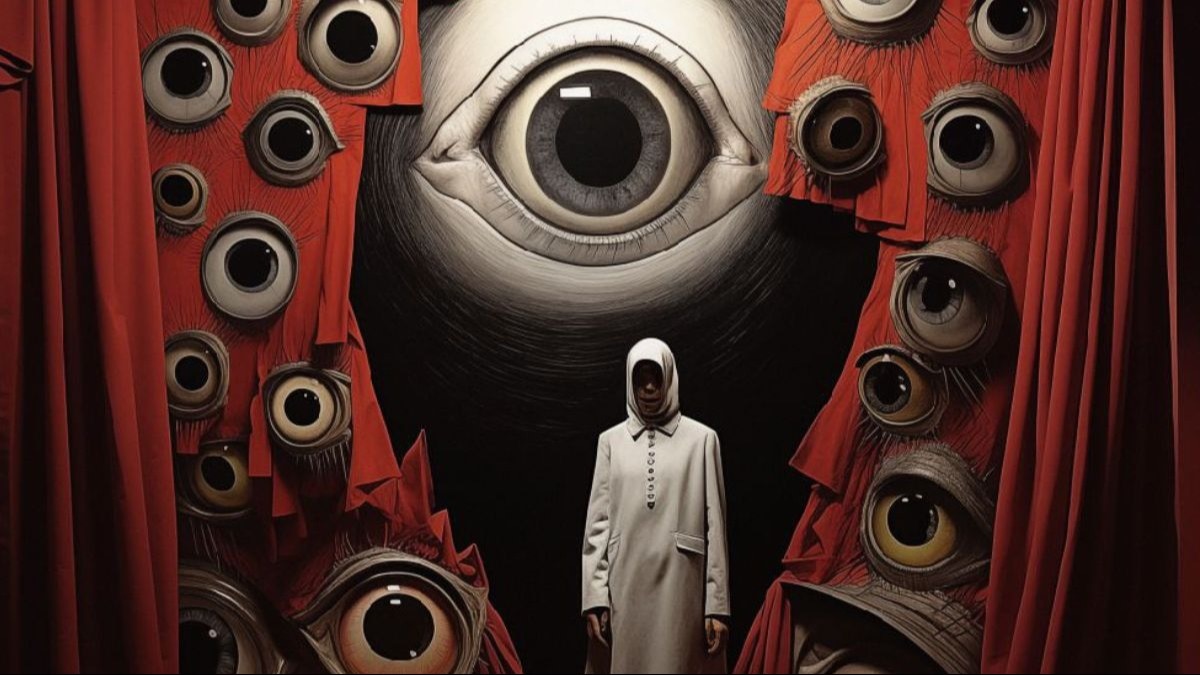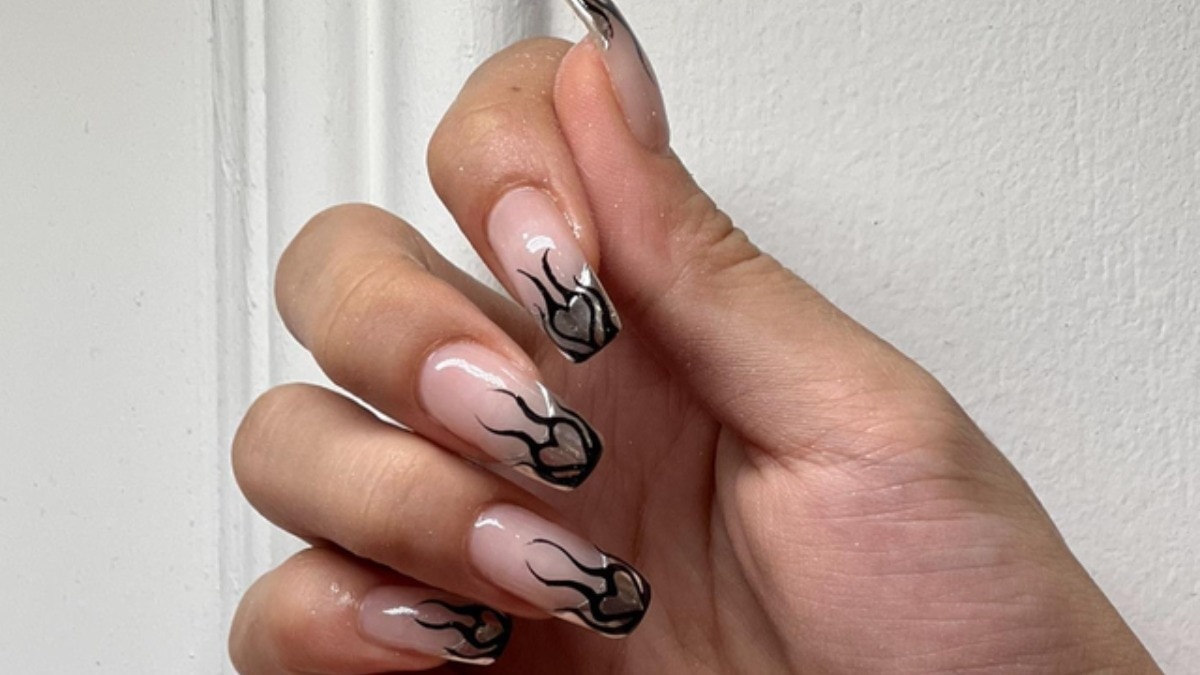

What could a visit to an isolated island reveal of yourself?
For Lauren Ho, a deeply personal odyssey to the remote island of St Helena introduced her to an extraordinary landscape and a unique cultural heritage—even if the journey did not end as she expected.


One of the first things I noticed about St Helena was the light. I arrived on the island during the afternoon and the blinding sun had mellowed to a ripe glow, reflected by the muscular rust-tinged cliffs that shape the intricate wind-carved coastline. As I stood at the tip of Blue Point, a rocky outcrop hidden away in the far southern corner, the air felt uncharacteristically still, stirred occasionally by a cooling light breeze. The shimmering ocean below, turquoise flecked with white, seemed to stretch into a deep sapphire as far as the eye could see: a quiet reminder of just how isolated this island really is.
Ever since my family told me as a child that my great-great-great-grandmother, Juanita Christina van Rensburg, might have come from here, I’ve been fascinated by St Helena. I remember spinning the beautiful antique floor-standing globe in my grand- mother’s living-room, looking for this tiny speck of land in the South Atlantic Ocean. Part of a British Overseas Territory, which also includes Ascension Island and Tristan da Cunha, St Helena is remote. It sits about 2,000 kilometres from south-western Africa and 4,000 kilometres east of Rio de Janeiro, measures 16 by eight kilometres, and has a population of about 4,400 people. Before the much-discussed airport finally opened in 2017, the only lifeline to this lonely island was RMS St Helena, a cargo and passenger liner that sailed to and from Cape Town on a five-day voyage each way.

Weekly flights from Johannesburg have opened up this lost paradise to the world, but arriving here is still like stepping back in time. Families eagerly gather at the airport to welcome back loved ones, and passers-by stop to chat to you in the street. Television was introduced in 1995 and mobile phones a decade later, but coverage is limited and Wi-Fi is practically nonexistent. The island imports nearly all of its supplies by ship, an inconsistent process that results in sparse supermarket shelves, bar—strangely—a lot of Marmite. Tracy, a shop owner, joked to me that St Helena is like this distinct, savoury spread—you either love it or you hate it.
Those aware of the destination usually know it as the place of Napoleon Bonaparte’s exile, worth a pilgrimage to visit his tomb, and Longwood House, the home where he spent his final days. Others might recognise it from the aerial pictures of Jamestown, the picturesque capital, which slots between the precipitous sides of a deep valley and runs, like a river, into the never-ending ocean. While St Helena has some must-visit spots, such as Plantation House, the official residence of the governor (also home to Jonathan the 190-year-old tortoise, the world’s oldest- known living animal), the real draw of this volcanic island is its ever-changing land- scape, diverse wildlife and nature-based activities, from trekking to diving. To visit is to explore a three-dimensional tapestry of lush fields, jungle, naked, rugged ravines, ridges, and soaring cliffs that drop dramatically into the sparkling sea.
I landed late in the day and checked into Mantis, the island’s first and only luxury hotel, which opened in 2017 and was formerly the East India Company’s barracks, built in 1774. Located in Jamestown, a short stroll from the seafront and on the same road as all the small-town essentials, including the post office, the church and the Castle—a Grade I-listed government building that also houses the archives—it was the perfect base from which to research my family history and explore the island.
I started my journey of discovery the next morning in the company of Aaron Legg, a local tour guide, with whom I embarked on an exploratory drive in his 4WD. As we threaded our way along winding roads and around hairpin bends, the scenery changed continuously, the morning light pouring gold onto arid, cactus-flecked landscapes, green meadows and thickets of forest. We saw the St Helena plover, the island’s only endemic avian species, known locally as the wirebird because of its thin legs, and passed intermittent clusters of corrugated bungalows in pastel shades with jalopies parked to one side and their owners sitting idly on porches, watching life go by. After bouncing and rattling through rocky off-road terrain, we stopped briefly to take a short stroll along a portion of one of the so-called ‘post-box walks’ at the end of each summit, where hikers find a post box containing a unique ink stamp and a visitors’ booklet in which they can leave thoughts and messages for others treading the same path.
The next day, we motored by dinghy from Jamestown along the island’s craggy northern coastline, weaving between a scat- tering of volcanic rocks inhabited by bright red Sally Lightfoot crabs and patrolled by brown noddies, terns and petrels. From here, the textured cliffs loomed large, punctuated by the island’s walls and batteries of cannons and forts. Anthony Thomas, our guide for the day, explained that St Helena was once the most fortified place in the southern hemisphere and that these walls were built in the late 1800s by Chinese indentured labourers—workers contracted by the British government who were on a low salary for a short period, after the abolition of slavery resulted in a shortage. They came mostly from Canton or Macau, and once their agreement ended, a few were per- mitted to stay on, while some went home and others migrated to South Africa.

The fortifications stand as a testament to the island’s dark ties with slavery and complex history: it has changed hands on multiple occasions over the centuries. The Portuguese landed here in 1502; the Dutch formally claimed ownership in 1633, but without occupying the area; and the British began their colonisation in 1659. It was only recently, during the construction of the airport, that the graves of thousands of African slaves were discovered: the British had set up a naval base as part of their campaign against the slave trade after abolition in 1834 and, over the ensuing few decades, intercepted scores of ships en route from Africa to America, carrying some 27,000 slaves who were brought to St Helena. Those who survived were eventually freed and relocated to areas such as the Caribbean.
Given this back story, it’s unsurprising that the ‘Saints’ (locals in St Helena vernac- ular) are a mixed bag. ‘Our slave history, Chinese heritage and other descendants were previously taboo topics of conversation and were whitewashed out of our curriculum,’ Matthew Joshua, the island’s head of tourism, told me. ‘Now that we talk openly about it, in “Saint talk”, we ask, “Who you belong to?” when we enquire about family and heritage.’ This blend of cultures has created a distinct way of life rich in tradition and customs, from the music, which is as varied as people’s ancestry, to the food: plo, for instance, is a delicious and versatile one-pot spiced curried rice with meat such as pork sausage and bacon or fish.
I am South African of Chinese descent, and the heritage of my mixed-race great- great-great grandmother has been a mystery in my family. After searching the St Helena government archives, where I spent a day wandering through the aisles and delving into the shelves of big, dusty books with the aid of Tracey Willliams, a local genealogist, it transpires my ancestor was sadly not a Saint. Thanks to Williams, who helped me dig deeper online, I found out she was, in fact, born in Oudtshoorn, a town in South Africa’s Western Cape. It wasn’t quite the outcome I’d hoped for, but I was grateful to have had a chance to visit and discover—a destination I’d been interested in for so long. And as my dad said, at least our family has closure about our roots, which, as it turns out, can be traced as far back as the 1600s, when the Dutch—and then the French Huguenots—first settled in South Africa.
So, on my last morning on the island, I took a stroll to the waterfront, where the pastel wash of the sunrise had just begun to fade from the sky. As the waves crashed on the shore, I reflected on what my father told me: that people of mixed heritage in South Africa often used to tell others they were from somewhere exciting. Could it be that Juanita came up with the story because her Chinese husband had once worked on the island and landed in Cape Town after
This piece originally appeared in the Dec 2023/Jan 2024 print issue of Harper's Bazaar UK
Feature Image: @bethewavethatiam/instagram
Image Credits: @laurenhotravels/instagram
@bethewavethatiam/instagram









